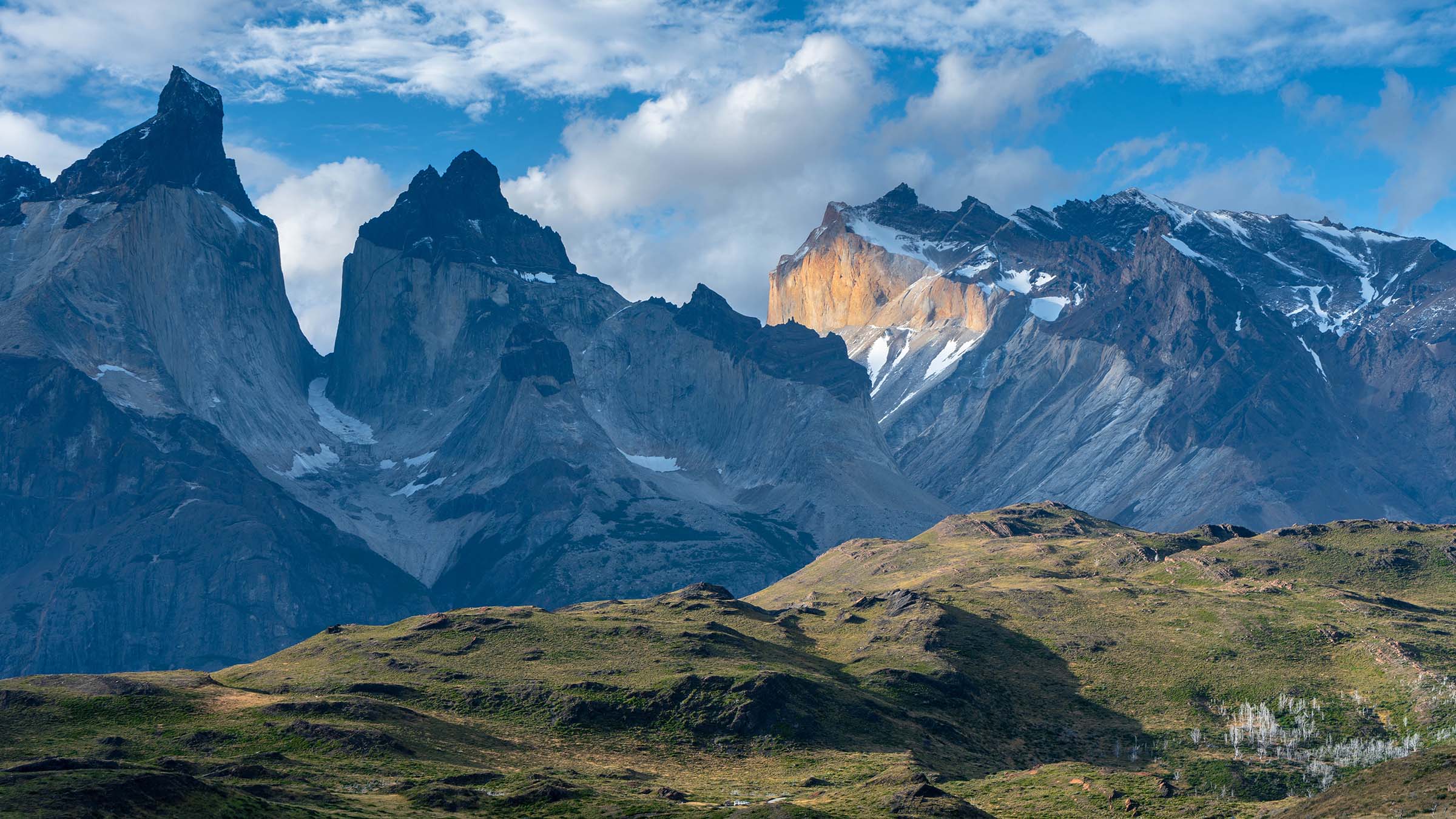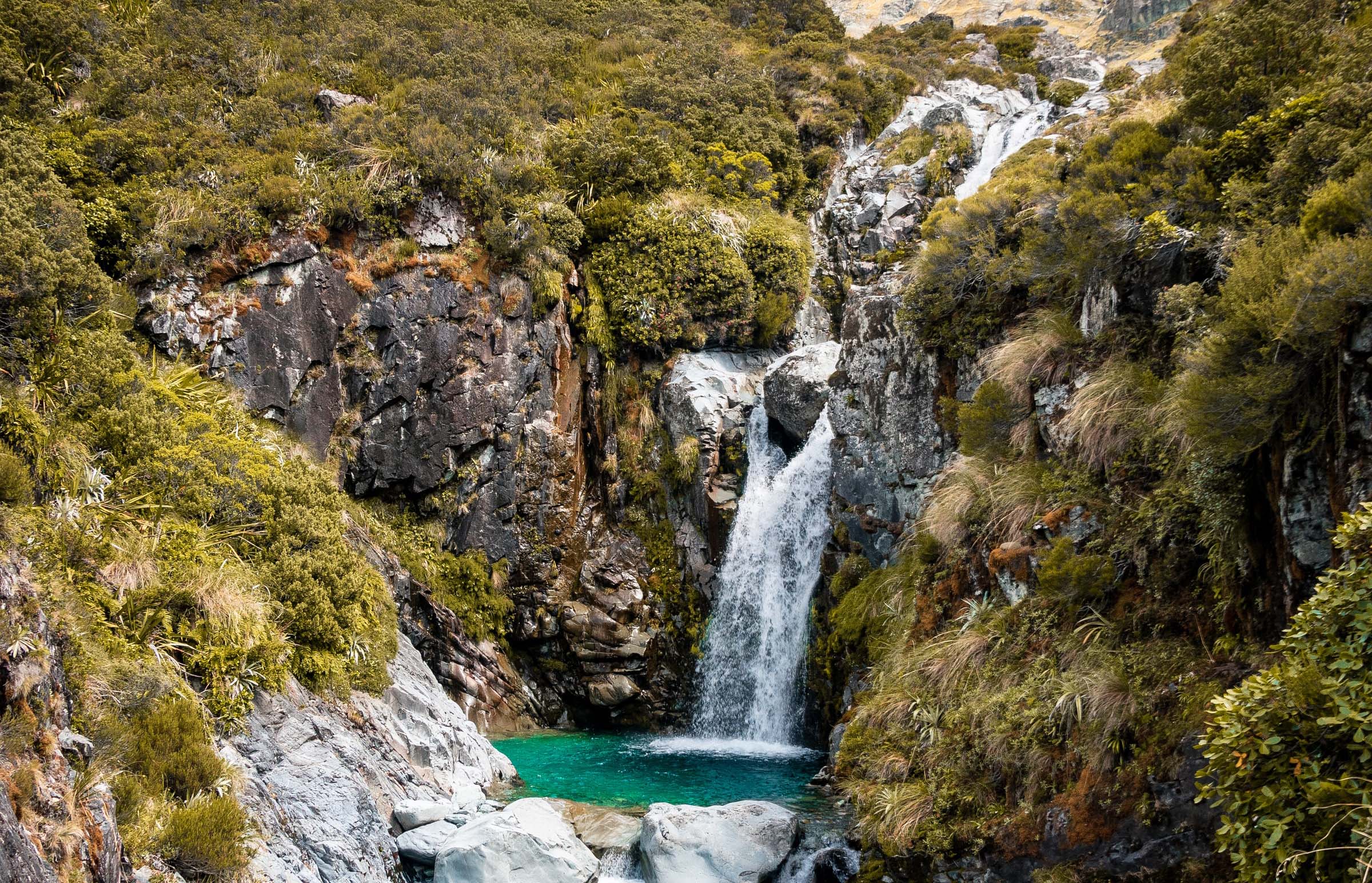Planning Your Dream Trek Abroad is Easier Than You Think

Torres del Paine (Photo: Tilo Mitra)
You’ve spent the last year and a half dreaming of getting on a plane and going on an epic hike somewhere far, far away. The good news: With Covid-19 starting to ease in many countries and borders beginning to open up, that’s a feasible possibility again. Whether you’re ready to go or just starting to think about it, now is the perfect time to start planning out the international trek of your dreams.
Planning a backpacking trip abroad is a rewarding and affordable way to travel, but an international hike takes more planning than a local one. So where to begin? From choosing a trail to preparation and packing, we cover the basics.
Choosing a Trail
Like any backpacking trip, you’ll want to consider weather, elevation, viewpoints, and more. But picking a route in a different country requires some additional considerations. Here’s what to keep in mind.
Terrain
Is there a specific part of the world you’ve always wanted to check out—maybe the craggy peaks of the Swiss Alps, or the Amazon rainforest? If so, start there. Check out guidebooks and, of course, the internet for trail inspiration. Bonus points for locations that allow you to explore other sights and sounds on your way in and out—like trails in proximity to a major city to explore food, art, and culture.
Time
How much time you have for the trek itself will dictate how long of a walk you can tackle–obviously, you need to be able to complete the trail within the window of your trip. No one wants to miss an international flight due to a twisted ankle; factor in a few days pre-and-post hike for travel, supply shopping, acclimation time, and good ol’ wiggle room. At the very minimum, you’ll want a day on either end of your trek, and ideally, more like two or three.
Priorities
Consider the balance you’re looking to strike between solitude and socializing. Some famous trails, like the W Trek in Torres del Paine, are global (aka, crowded) destinations, while others, like the Larapinta Trail in Australia, remain quiet. More popular trails also tend to come with more amenities. Many treks found in England or Peru, for example, are well traveled, pass through villages, and offer the chance of food and lodging each night. These sorts of treks offer more flexibility and cultural exposure than backcountry travel, which removes you from society and requires more advance planning.

Planning and Packing
You’ll need to pay extra attention to your gear and luggage. Here’s what to think about when packing for a trek abroad.
Equipment
Planning for a trek in another country starts with the same basics as preparing for a trek here at home—your clothing and equipment should reflect the diversity of the terrain. But, there’s one more big thing to keep in mind: You’ll most likely have luggage, electronics, clothes, and personal items for traveling that you don’t want to carry on your trek. You’ll need to arrange a place to stash them. If possible, consider leaving expensive extras—like laptops—at home. Leaving a bag of clothes at a hotel or in the trunk of a rental car while trekking is safer than a bag full of valuable electronics.
When packing, your goal should be to get all camping gear inside your pack, just like you’re going on a trek at home, and then check it with the airline. Pack your carry-on with non-trek items like spare clothes, and use this bag to store extras while trekking. Knives can be brought along in your checked bag. You’ll have to ask your airline about its camping stove policy. Some airlines require they be brand new, and in any case, fuel is not allowed to fly. Locate an outdoors store to ensure you can buy fuel upon arrival (call to make sure they sell the kind of fuel your stove requires), or consider bringing a wood-burning backpacking stove, like the Biolite Campstove, or a stove like the MSR Whisperlite Global that can burn unleaded gasoline. When in doubt, consider renting gear from a local outfitter.
Food
In an ideal world, you’ll pick up all your food locally upon arrival. Keep in mind that brands vary by country, so if you’re picky about your favorite energy bars, pack them and any other must-have food items. Research the hub for your trek to ensure you can get everything else you need. To anticipate or avoid delays, consider your time of arrival and local store hours, for they can vary greatly, especially in the countryside. Don’t plan to start a trek first thing Monday morning if the village store is closed on Sundays.
Cash
We recommend bringing local currency with you on your trek. Credit cards are not always accepted in rural areas or at small markets.
Trailhead transportation
You should consider a number of options, including renting a car, hired transportation, or public transportation. Cars can be used for loop treks (and storing extra bags), and you can connect the dots via local buses, trains, taxis, and rideshares. Many tour operators, especially those that sell trekking tours, offer trailhead pickup and drop-off. Be sure to have a transportation plan in place before starting the hike.
Hire a Guide?
As you research, you’ll notice that many treks around the world, especially the most famous ones, are serviced by guiding companies, giving you the option to hire some help. The pros of hiring a guiding company are many: They provide much of the equipment (like a tent, sleeping bag, cooking tools), offer transportation to and from the trailhead, relay historical, cultural, and ecological information throughout the experience, monitor your safety, and generally take care of all the planning, leaving you to simply enjoy the trek. The cons are that these guiding services tend to be expensive—several hundred dollars or more, depending—and they chip away at your solitude and independence. When going with a guiding company, you’ll have to commit to their pace and timeline, and embrace sociability, which may or may not be what you’re looking for.
Covid-19-Related Entry Requirements
While prevalence varies, Covid-19 is still a significant threat in the vast majority of countries right now, and not all countries have had the access to vaccines that the United States has. Different destinations have different entry requirements; Iceland, for example, requires travelers to show a certificate of vaccination or previous infection and a negative PCR or antigen test from within 72 hours of their flight, but doesn’t require any additional testing upon arrival. Just because you can travel somewhere doesn’t mean it’s a good idea, either: While U.S. citizens are currently allowed into the U.K., the State Department and CDC both recommend against traveling there as of the time of writing. Get vaccinated, keep an eye on outbreaks, and be prepared to postpone or cancel plans if things take a turn for the worst.
Originally published January 11, 2021; updated by the editors on July 21, 2021.